Welcome to the Composer’s Essential Reading List!
I’ve handpicked the top music composition books that have had the most significant impact on my own composing journey, and I’m excited to share them with you. These books are a perfect blend of inspiration, practical knowledge, and creative wisdom that have helped countless composers like you achieve their musical dreams.
These links take you to Amazon. As an Amazon Associate I earn from qualifying purchases.
Books on Music Composition and Form
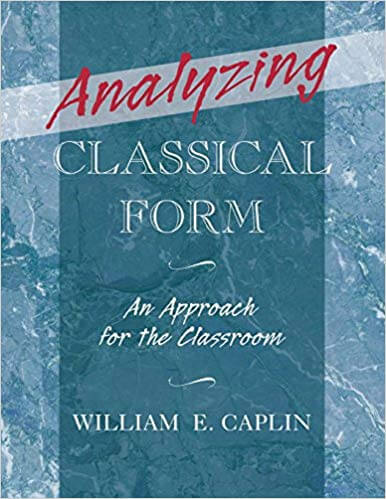
Analyzing Classical Form
by William Caplin
Analyzing Classical Form by William Caplin is will give you a solid toolset for understanding musical form. He bases his theory of form off of many of the ideas from Arnold Schoenberg’s book, The Fundamentals of Musical Composition. I cannot overstate the impact his book has made on my compositional thinking. Highly recommended for all composers. Also check out my interview with him.
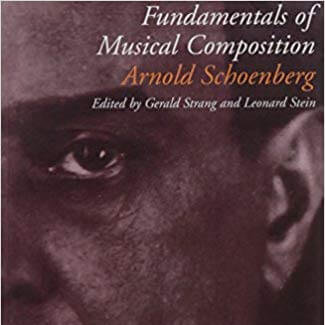
The Fundamentals of Musical Composition
by Arnold Schoenberg
This books really started me on the right path to understanding composition. Schoenberg has a great way of explaining the processes of composition and breaking them down for beginners.
Books Counterpoint, Partimento, and Solfeggio
In the last decade, there have been many great discoveries about how composition was taught in the past. In particular, there are many interesting aspects around partimento and solfeggio. These books are all great starting points.
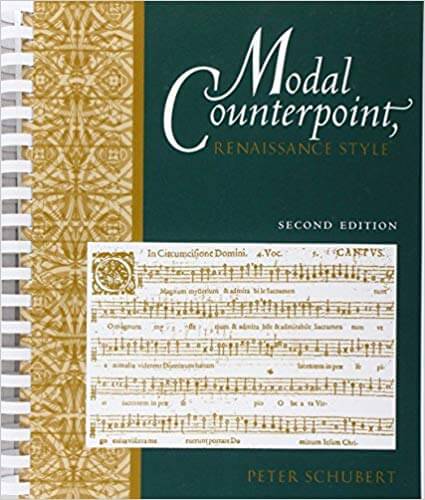
Modal Counterpoint: Renaissance Style
by Peter Schubert
This is the best book on modal counterpoint, hands down. He breaks the process into simple steps and has very clear rules to follow. He also gives a great historical perspective by quoting extensively from original manuals on counterpoint from the Renaissance.
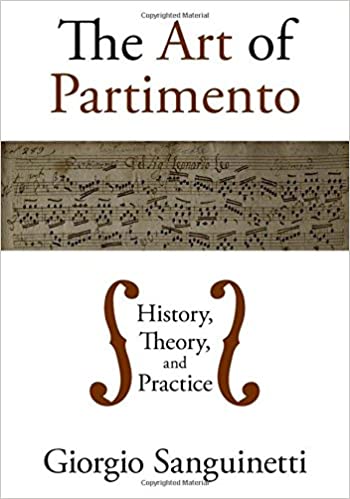
The Art of Partimento
by Giorgio Sanguinetti
The Art of Partimento will open your eyes to the traditional methods of music composition instruction that was prevalent during the 18th and 19th century in Italy and beyond. The book contains the history of partimento training, as well as how the system works. Partimento is basically teaching students the fundamentals of composition through learning to harmonize basslines, and apply them to many different practice compositions. They would start with simple pieces, and work all the way up to complex fugues. An excellent book!
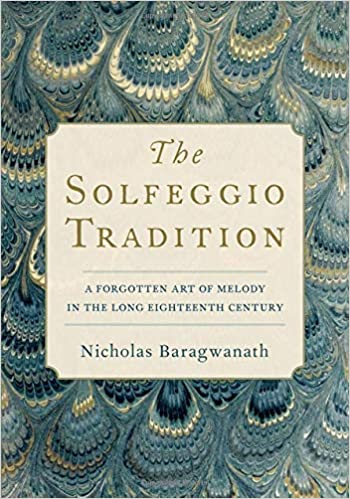
The Solfeggio Tradition
by Nicholas Baragwanath
This book opened up my mind to new ideas (actually old and lost ideas) about the relationship between singing, melody and counterpoint. It’s a different way to sing solfeggio clarifies key relationships in a more useful way for composing.
Books on Harmony
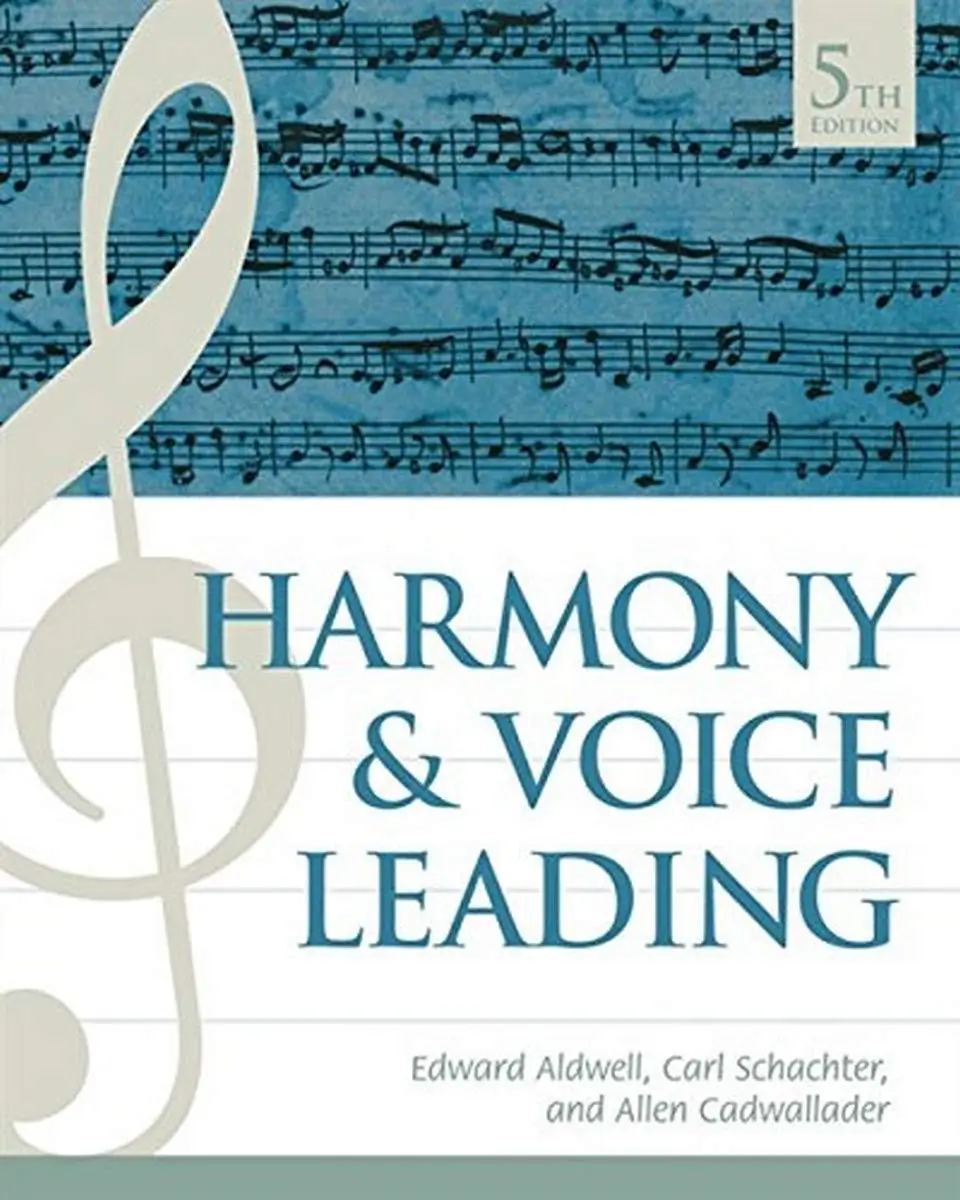
Harmony and Voice Leading
by Edward Aldwell, Carl Schachter, Allen Cadwallader
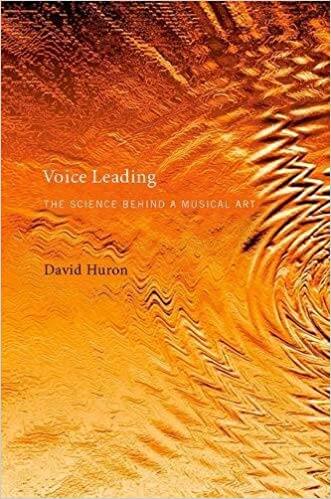
Voice Leading
by David Huron
Voice Leading by David Huron is a fascinating book that goes into the psychological aspects of how we hear independent musical lines and the principles behind them. For the first time, he has truly cleared up the plethora of conflicting rules given by different books on the subject of voice leading and counterpoint.
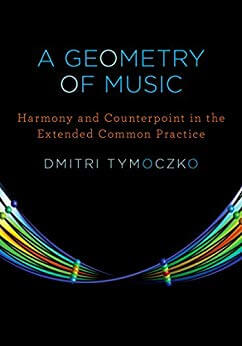
A Geometry of Music: Harmony and Counterpoint in the Extended Common Practice
by Dmitri Tymoczko
This is an amazing book that really shows the logic behind how our harmony works. I have referenced his ideas frequently in my courses and articles.
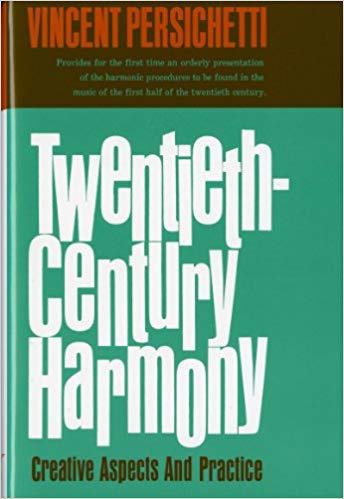
Twentieth-Century Harmony
by Vincent Persichetti
A great resource to break out of traditional harmony.
Books on Orchestration and Notation
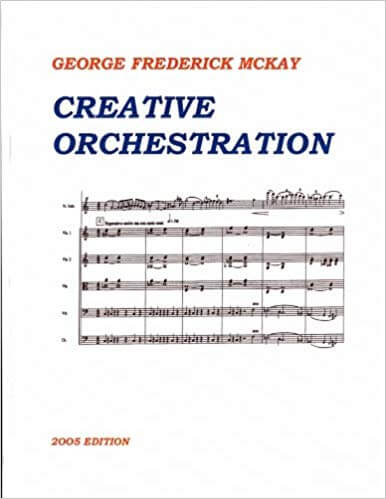
Creative Orchestration: A Project Method For Classes In Orchestration And Instrumentation
by George Frederick McKay
Creative Orchestration is one of the few books on orchestration that has actual principles to follow, and not just rules of thumb.
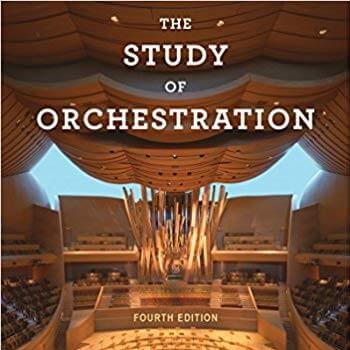
The Study of Orchestration
by Samuel Adler
This is a must read for anyone wanting to learn orchestration. Samuel Adler’s book on orchestration has been the de facto text book in America for decades and its easy to see why. It has clear explanations, many examples and years of experience all boiled into one book. Also, check out my interview with him.
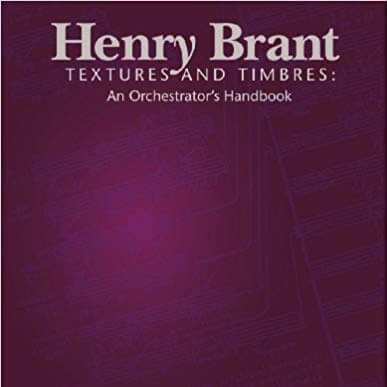
Textures and Timbres: An Orchestrator’s Handbook
by Henry Brant
For advanced orchestrators, Brant’s book really breaks down balance and timbre like no other author has done before.
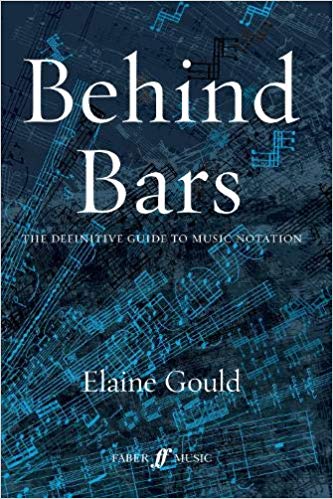
Behind Bars: The Definitive Guide To Music Notation
by Elaine Gould
The best resource on music notation. This is always on my desk when I am preparing parts and orchestral scores. There are so many intricacies of music notation, that every composer eventually runs into a question that they cannot answer from experience. This book has the answers.
I’ve composed a few simple piano pieces in the Sonatina style. I’d really like to learn more about this style of piano composition and hopefully refine and improve my work. I will look into the books you’ve recommended but are there any that specifically delve into piano composition?
Hey there, I’ve been enjoying your site for a few years now and wanted to make you aware of the first installment in my new book series.
Orchestration In Depth: Timpani
http://books.apple.com/us/book/id6502035004
Best,
Wesley